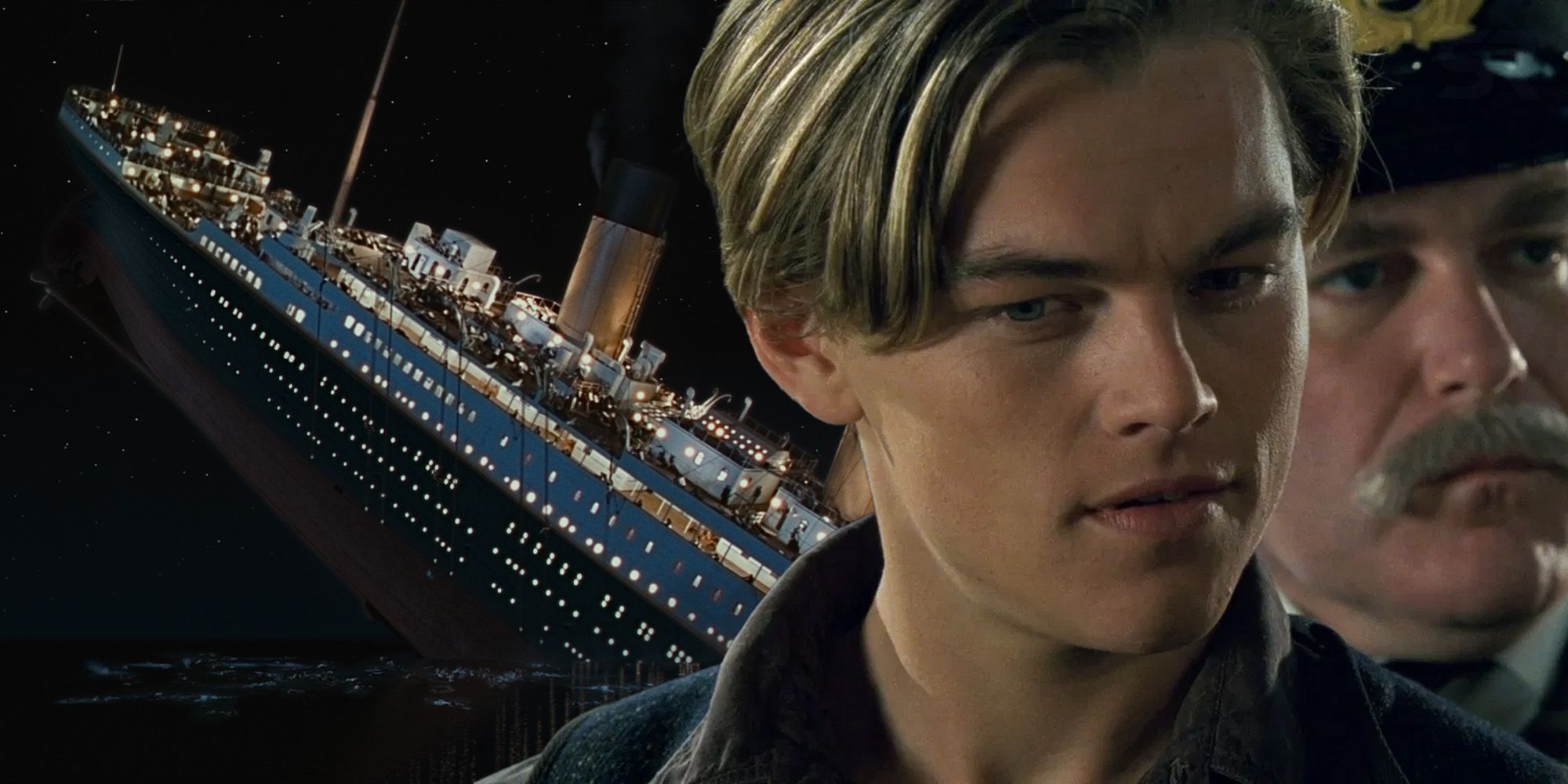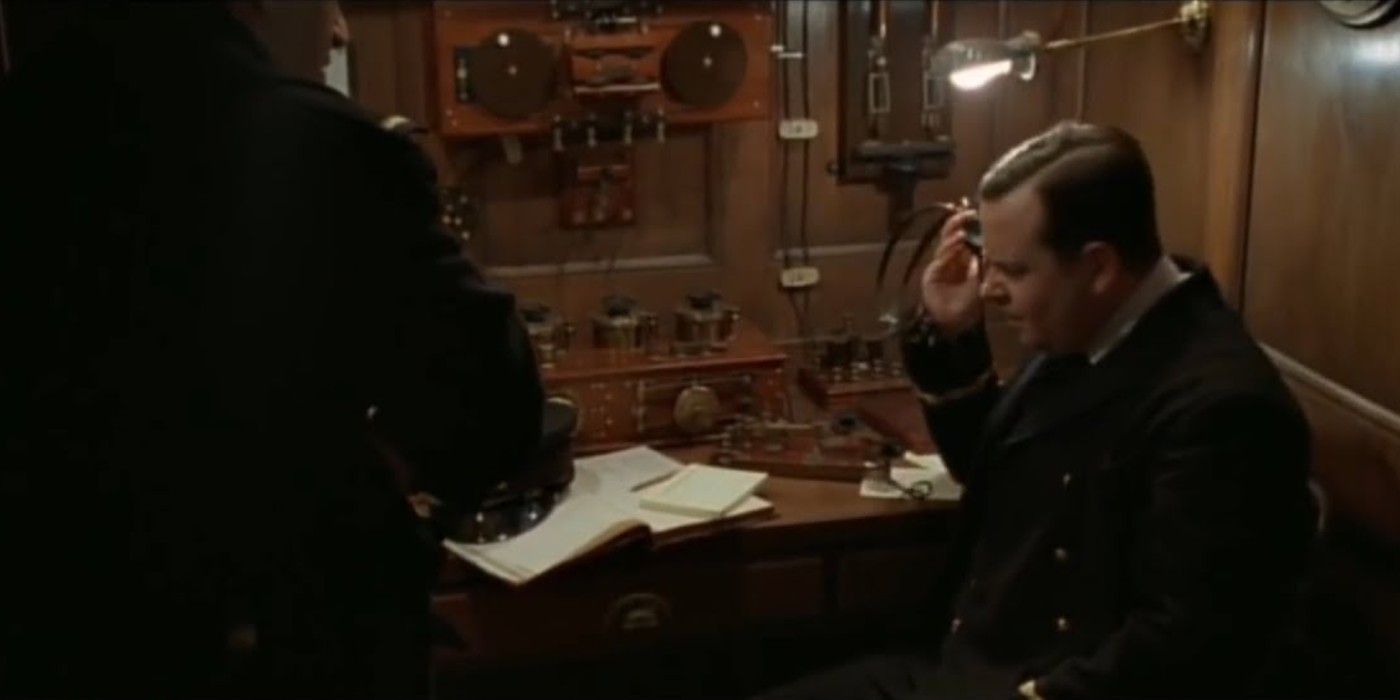
James Cameron’s Titanic told the tragic story of the ocean liner sinking in the Atlantic all by itself, but the final cut ignored that in reality, the Titanic was not alone in the ice field. Approximately 20 miles away, the RMS Californian had stopped for the night, much closer than the Carpathia that eventually came to the rescue. While the Californian was left out of the final cut of the movie, a deleted scene taken straight from the true story of the Titanic explained why the other ship in the ice field didn’t come to the rescue.
In the deleted scene, the Californian’s wireless operator signaled to the Titanic to warn them about the ice. However, Titanic’s operators were too busy to give the message a proper response. They were swamped with messages from the rich passengers, complaining they would be up all night trying to get through the backlog, and the Californian’s message interrupted other messages they were trying to send and receive. The Titanic’s operator told the Californian to “shut up,” and the Californian shut down their wireless for the night, considering the warning passed along. Their seemingly small mistake led to the passengers of the Titanic dying in the ice only hours later, both in the movie and on the real Titanic.
Like many other events in the film, the deleted scene isn’t too far off from actual history. The real Californian did send a wireless message to ships in the area to warn them of icebergs. But the Titanic’s Marconi operator, Jack Phillips, was overtired and overworked and flooded with a backlog of messages that had suddenly hit his wire. As the two ships were so close, the Californian’s message drowned out the much more distant messages coming from land. Thus, the stressed-out Phillips ignored the other ship's wire and told his counterpart on the Californian to shut up, mistakenly not realizing it was an important message that should have gone immediately to the bridge. The Titanic later sent S.O.S. messages once the ship began sinking, but the Californian had shut down their wireless office for the night. The Californian also ignored flares sent up from the Titanic, as the captain assumed they were only “company rockets” meant to signal ships from the same line. If the Californian had arrived sooner, they might have saved hundreds of passengers who met their ends like Titanic’s Jack Dawson.

Despite drawing from fact, James Cameron chose to cut the scene to focus the movie back onto the people of the Titanic. As the movie evolved in post-production, he decided including the Californian for historical accuracy was not as important as emphasizing the self-containment of the Titanic. He wanted to focus solely on the world of the Titanic itself, lending to the ship being a metaphor for the end of the world, one in which no one came to save them until it was too late.
Titanic ignores some historical truth in cutting out the scene with the Californian in favor of keeping the story laser-focused on the people stuck in the tragedy with no way out. It's already a long film, running almost three and a half hours, and Cameron has no intention of releasing a Titanic director’s cut to restore the deleted scenes, stating the final movie already represents his vision. The Californian’s inclusion, however, may have deepened the tragedy of the Titanic, showing that another ship might have come to their rescue if a perfect storm of unfortunate circumstances had not doomed them all. Titanic sacrificed accuracy to keep viewers emotionally invested in the sinking ship that, in the end, had no hope of rescue.
from ScreenRant - Feed https://ift.tt/2Yv2IT1

No comments: